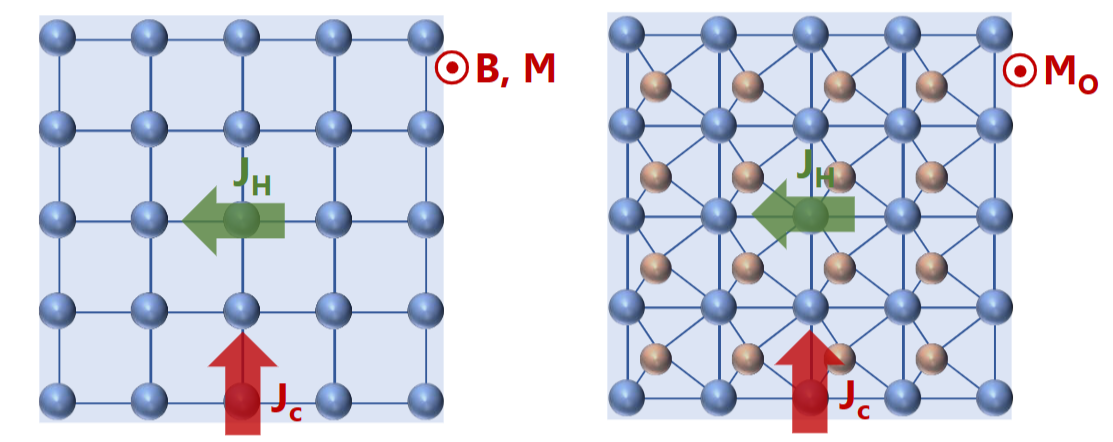Nonlinear Transport in Topological Materials and Heterostructures
Diego García Ovalle
Aix-Marseille Univ., CNRS, CINaM, MArseille, France 1
In this talk I will show how nonlinear phenomena, both in electric and magnetic fields, can be useful to probe the electronic properties of non-magnetic materials with inversion symmetry breaking. Besides, they can be considered as key mechanisms for the development of the detection of Terahertz radiation. First, I will show how the surface states can influence the recently observed nonlinear Hall effect in Weyl semimetals, independently of their topological nature. Second, I will show the intimate connection between nonlinear Hall effect and the non-equilibrium orbital magnetization. Remarkably, this relation can be instrumental at the level of magneto-optics to detect the orbital accumulation in light materials and as a key performance indicator of Terahertz rectifiers. Finally, using the Invariant Theory and tight-binding calculations I will explain two unconventional magnetotransport effects that have been detected in CoPt/CuPt slabs: the crystal symmetry-dependent in-plane Hall effect and the 3m-torque. The latter can be useful to promote field-free switching in the perpendicular magnetization, which is highly desirable for experimental spin-orbitronics. All these instances open interesting perspectives for both experimental and theoretical Condensed Matter Physics.

At the left panel, the Hall effect mechanism driven by an external electrical current Jc and a magnetic ordering M. At the right panel, the nonlinear Hall effect at the second order in the charge current injected, which is connected to a current induced magnetization.

